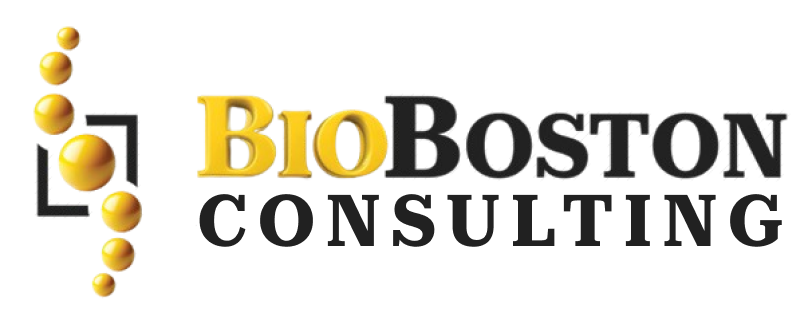The drug approval process in the United States involves multiple critical stages, each requiring rigorous documentation and approval from the Food and Drug Administration (FDA). Two of the primary application types in this process are the Investigational New Drug (IND) application and the New Drug Application (NDA). These applications mark the beginning and the final stage of a drug’s journey to market approval.
Investigational New Drug (IND) Application: The First Step
The IND application is the initial step when a pharmaceutical company seeks to introduce a new drug into clinical trials. This submission is made to the FDA to obtain permission to test a new drug in humans.
Key Phases of an IND Application
An IND goes through three main phases:
- Phase 1: Focuses on safety and dosage studies in a small group of healthy volunteers.
- Phase 2: Expands to a larger group of patients to study efficacy and side effects.
- Phase 3: Conducted on a larger scale to further assess safety and efficacy.
The primary purpose of an IND is to ensure the safety and rights of clinical trial participants while also complying with legal requirements that allow investigational drugs to be shipped across state lines for clinical trials.
Types of INDs
- Commercial INDs: Submitted by pharmaceutical companies aiming to bring a new product to market.
- Research INDs: Intended for research purposes only, without commercialization.
- Emergency Use INDs: Allow drugs to be used in emergency situations where conventional approval processes would delay treatment.
- Treatment INDs (Expanded Access INDs): Used to provide experimental drugs to patients with serious conditions who have no other treatment options.
Content of an IND Application
An IND application provides key information to the FDA, including:
- Animal pharmacology and toxicology studies to assess safety.
- Manufacturing information to demonstrate the quality of the product.
- Clinical protocols and investigator information to ensure that the trial is conducted safely.
New Drug Application (NDA): Final Approval for Market Entry
The NDA is the application submitted to the FDA after successful clinical trials. It is the formal request to market a new drug in the United States. The FDA’s Center for Drug Evaluation and Research (CDER) handles the review of NDAs.
Key Goals of the NDA
The NDA’s goal is to demonstrate:
- The drug is safe and effective for its intended use.
- The benefits of the drug outweigh the risks.
- The proposed labeling is appropriate.
- The manufacturing process ensures quality, strength, and purity.
An NDA is more comprehensive than an IND and includes detailed data from clinical trials, nonclinical studies, and the drug’s manufacturing process.
Content of an NDA Application
An NDA application includes:
- User fee cover sheet and cover letter.
- Detailed clinical trial results and pharmacology data.
- Information on the drug’s ingredients, manufacturing process, and stability.
- Proposed labeling for the drug.
Timeline for IND vs. NDA Submission
- IND Submission: After submission, the FDA has 30 calendar days to review the application. If there are no issues, the sponsor can begin clinical trials. If concerns arise, the FDA may place the trial on “Clinical Hold.”
- NDA Submission: Once an NDA is submitted, the FDA takes 60 days to decide whether to review the application or reject it due to missing information. If accepted, the FDA reviews the NDA, and a decision is made within 6 to 10 months.
Comparison of IND and NDA
| Feature | IND | NDA |
| Purpose | To obtain permission for clinical trials | To request approval for marketing |
| When is it submitted | Before clinical trials begin | After clinical trials conclude |
| Application Form | FDA Form 1571 | FDA Form 356h |
| Review Time | 30 days for IND review | 60 days to determine if the application is complete, followed by 6 to 10 months of review |
| Content | Includes safety data, manufacturing details, and clinical trial plans | Comprehensive clinical trial data, drug safety and efficacy reports, and manufacturing information |
| Purpose of Approval | To start clinical trials safely | To ensure the drug is safe, effective, and of high quality for market release |
Expert Support with IND and NDA Submissions
The process of submitting an IND or NDA is complex and requires meticulous preparation. Navigating the requirements and ensuring all the necessary documentation is in place can be a daunting task. This is where BioBoston Consulting can help.
Our team of regulatory experts specializes in assisting pharmaceutical companies with IND and NDA submissions. From preparing your IND application to compiling the comprehensive data needed for an NDA, BioBoston Consulting ensures your product meets all FDA requirements.
Reach out to BioBoston Consulting today to streamline your regulatory submissions and accelerate your path to market approval. Let us guide you through the entire process—from clinical trials to drug approval—ensuring your drug meets the highest standards of safety, efficacy, and quality.
Contact us now for a consultation and take the first step toward bringing your drug to market with confidence.

